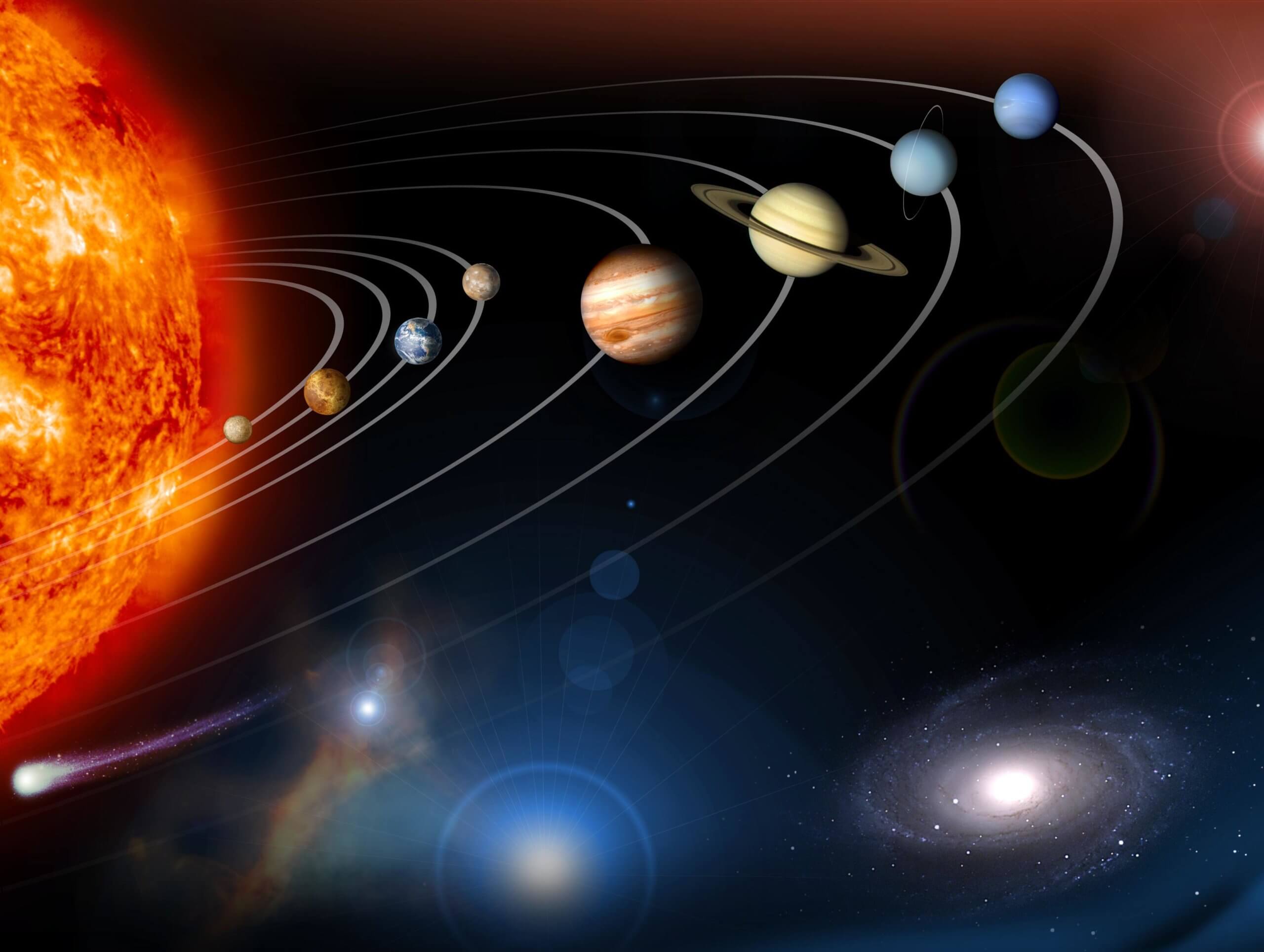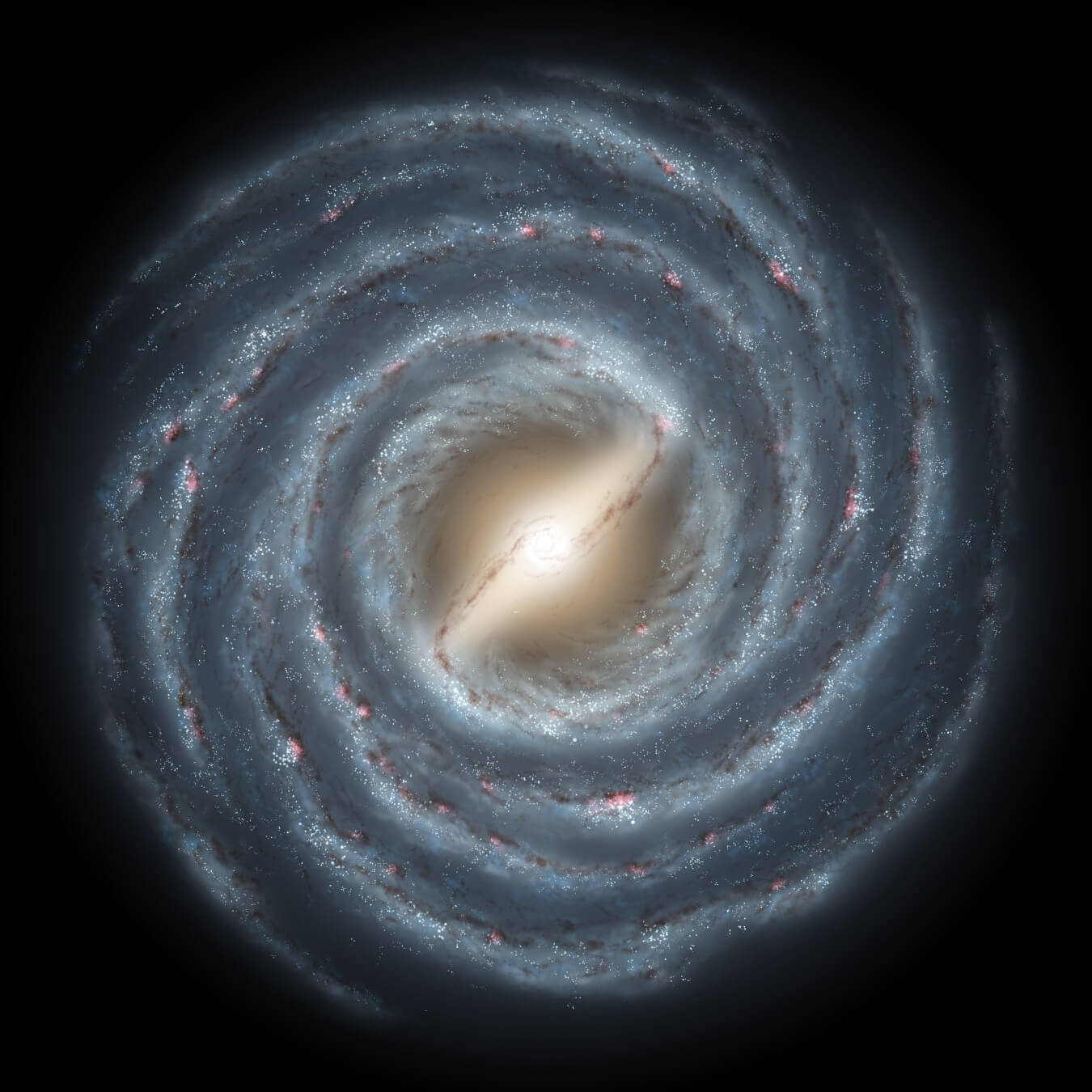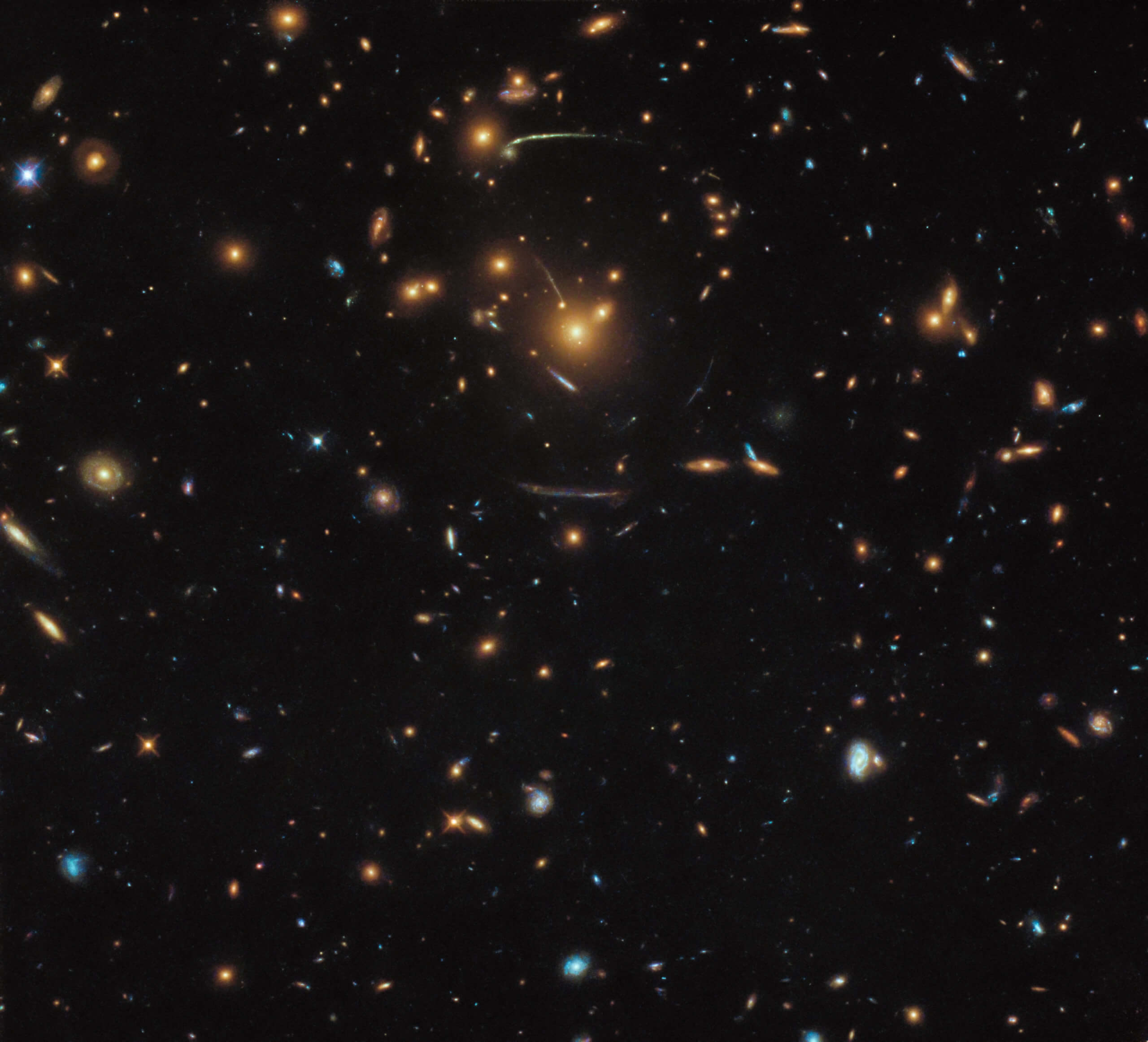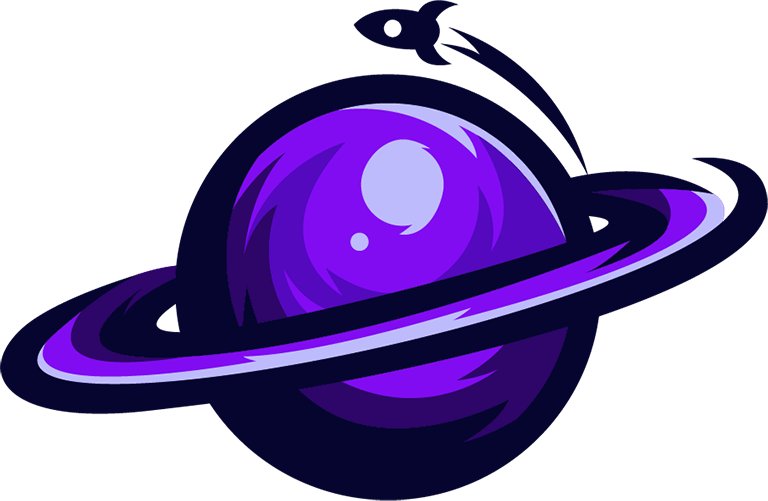The Universe Is bigger than you think it is
When reality in space defies imagination on earth
Video of the day August 7th 2019
From where we are now, to where we really are, to where we used to think we were, join us as we explore how the universe is way bigger than you think it is.
10. Center Of The Universe?
If humanity has proven anything over its many years of existence, it’s that if it can find a way to make itself sound important, it will endeavor to do so. And few points prove this more than the notion that was held as fact for many centuries in that the, “Earth is the center of the universe!”
Hopefully, I don’t have to say that this isn’t true, and it never was true. Because it isn’t, and it never was. So where did this theory come from? Simple, early astronomers that didn’t have the technology to see beyond what was right in from of them. Because of what they saw, and felt, and believed in terms of religion, they felt that everything revolved around the earth. Legendary astronomer Copernicus later helped prove that the Earth revolved around the sun, and not the other way around. But, this in turn led to the belief that our solar system was the center of the universe…when it wasn’t.
It wasn’t until the early 19th century when things started to turn around and astronomers were able to determine that our universe isn’t just vast, it’s nearly infinite. Not because there’s an infinite amount of space out there per se, but rather, the universe is infinitely growing.
This was backed up by the popular Big Bang Theory, which talks about an explosion of energy creating the universe, and the side effects of this helped the universe continue to grow. What’s more, it doesn’t have a technical shape because it’s growing more than likely at different rates all over the universe.
But what does this all mean in the long run? Simple, because the universe is growing, and there are likely differences in the expanse that it is growing in…there can’t be a center of the universe. Sure, you can likely devise a formula helps show that there is one in a matter of thinking. But if you’re looking for a true center point, you’re not likely to find one because our universe is that big.
Plus, your perception of the universe isn’t what you think.
9. Perception Does Not Equal Reality
Have you ever heard the phrase, “Your eyes are playing tricks on you?” That’s warning that sometimes what you’re seeing isn’t exactly being registered in the right way in your brain. And when it comes to seeing how big the universe is, you can’t exactly trust your eyes. Don’t believe me? Let me ask you this, how far do you think the moon is from the Earth?
If you look up at the night sky during a full moon, you’ll see the cosmic entity beaming back down at you. The moon is reflective, so the sun helps put light onto it and that light bounces off it and towards the Earth, creating a big white sphere in the night (and sometimes day) sky. But you might think that by the size of how you’re seeing it, that it’s rather close to Earth, yet it’s not.
The moon is actually is nearly 239,000 miles away from the Earth. This is why missions to the moon took days to get there and then days to get back, and that was being powered by rockets. To put this in an even bigger scale for you, you could actually fit 30 Earths between our planet and the moon. That’s how much space those astronauts had to travel.
So while it may seem close, that’s actually an illusion. Which brings us to the sun. When the sun is beating down in the sky, or when you see a massive sunset or sunrise, it looks like the sun is incredibly close. The actual distance to the sun from the Earth is basically 93 million miles. That would take quite a long time to get there, and in fact, probes that were sent to the Sun, or nearby Mercury, took weeks, and sometimes months to get there depending on their propulsion.
And this isn’t even including the stars in the sky. Which we only see because of our suns reflective rays. So if our sun is 93 million miles from Earth, just try and guess how far some of those stars are.
8. Colonizing Mars
Continuing our trek through our solar system, let’s talk about Mars for a bit. The “red planet” as it is know is one that many people consider the next planet that humans will colonize. But have you wondered why it’s taking so long to make that happen? That would be in part due to the distance between Earth and Mars.
While Earth and Mars are technically “neighbors”, their distances apart is anywhere from 225-401 million kilometers away. So if you remember the last entry, and you convert the Mars distance to miles, you’ll see that to travel to the Sun is actually 2.5 times easier than it would be to travel to Mars in terms of distances. Comparing Mars travel to the moon travel, that’s 986 times farther. That’s quite a distance, and with our current technology, that travel would be on the verge a year give or take depending on how big the ship is, the passengers, weight, and more. If you’re a movie buff, you’ll be reminded of the film The Martian, where an astronaut is left on the planet and his friends have to travel from Earth to Mars to get him. It took a very long time. AND, their ship was specially built to make that trip. At present, humanity has only built probes and satellites and rovers that have gone to Mars.
We still could colonize it one day, but right now, the distance is just too much. Which to remind you, this is just for our closest neighbor. Imagine trying to go beyond Mars?

7. Pluto
While I would love to break down every single planet distance from Earth, let’s just skip to the end of our planetary solar system, shall we? Depending on where you stand in the realm of science, Pluto is the 9th and final planet in our solar system. It is a small, cold place where you can see the sun, but you can’t feel its warmth. It’s a frozen wasteland with not much to see (as Magic School Bus proved).
In terms of distance though? Pluto is 4.67 BILLION miles from Earth. I want you to ponder that for a bit, because that’s honestly a rather extreme distance. To prove that, let’s look at the New Horizons mission probe. Which was NASA’s one and only direct mission to Pluto. The probe was launched into space on January 19th, 2006. It landed in the system on July 14, 2015. That’s right, it took almost 10 years for a SINGLE probe launched from Earth to reach Pluto. And what’s more, to get there, it actually had to get some “gravity help’ from planets. So the journey itself was anything but easy.
So barring a major breakthrough in rocket or engine capabilities (Warp 9, Mr. Crusher! Engage!), humanity will not even be close to arriving on the 9th planet in our solar system. Oh, and fun fact, Pluto is so far from Earth? That it was discovered only in 1930. We needed advanced technology to see it and understand it was a planet.
6. Voyager 1 Space Probe
I hope by this point you’re starting to see just how big our universe really is. Which is interesting because we haven’t even left solar system just yet. And we still aren’t, but need to take one more look at something still within it before moving on. But no a planet, or a moon, or even a star, but a space probe called Voyager 1.
Voyager 1 is a probe that humanity sent out to observe the universe at large, and it’s currently well past Pluto and has shown us many things about our solar system. In 2017, it was set at around 138 AU’s from our planet. AU means “Astronomical Unit”, which in this case means the distance from the Earth to the Sun. So 138 AU’s means that it’s 138 times far than the Earth is from the sun right now. That’s a really big number. Over 12 billion miles to be exact. That’s the farthest anything from man has traveled in space.
One of its crowning achievements was a photograph showing a set of sunbeams, and in one of those sunbeams was earth. It was a dot. A dot in a grander scale photograph of our solar system. That’s how small we are in the scale of our system when you look from the outside in, we are a dot. An epic dot, but a dot no doubt.
But what might shock you even more is that despite the distance that Voyager 1 has traveled, it’ll never reach the end of our solar system. Our solar system is confined within what is known as the Oort Cloud. And to reach the edge of that cloud would take another 30,000 years for the Voyager 1. Which should show just how big our solar system is, and how condensed the space the planets that are in it is.
And that’s just one solar system, so what’s beyond that?
5. Lightyears and Galaxies
To look beyond where our solar system is, you now find yourself in the legendary Milky Way Galaxy. A place so vast that there’s a unit of measurement that perfectly defines it: Lightyear. No, not Buzz Lightyear, just lightyear. In case you’re curious, a Lightyear is a distance of 9.461 trillion kilometers.
That measurement becomes even more important when you realize some of the things that are “closest” to us in terms of this galaxy. For example, the next star that we are close to is known as Alpha Centauri. But that is 4.24 lightyears away.

Remember Voyager 1? If it tried to make it to Alpha Centauri? It would take 70,000 years give or take.
And then, there’s the Milky Way Galaxy itself, which is actually 100,000 lightyears from end to end. That would take humanity such lengths of time to go from that point to the other that the universe likely would end before it happened!
Oh, and as for signs of life? Well…
4. Radio Silence
One of the big reasons that people think aliens don’t exist is that we would’ve heard something from them by now. But given the distances between just about everything in the universe, that’s not exactly true. For example, if you look at Earth at its position in the Milky Way Galaxy, and then draw a circle around the area where our communication waves and other devices have reached, you’ll notice that it is a very small dot on the larger scale of the galaxy.
True, we’ve seen planets and stars within other parts of the Milky Way Galaxy, but in terms of radio waves, they end at a certain distance. So unless something, or someone, was in these very particular areas where our waves would’ve reached them, we would never be able to talk with them.
We cannot hear anything from outside this distance, and that’s again only a small fraction the Milky Way Galaxy is as a whole. Which contains over 100 billion stars and planets…EACH! We haven’t even come close to finding them all, and who knows what’s out there that we can’t see or hear.
Speaking of which, there is a LOT more to see and hear in the universe.
3. The “Local Group” and Superclusters
The Milky Way Galaxy may be massive, but it’s just one in a large set of galaxies that comprise the “local group”. This Local Group is 10 million lightyears across, and contains 54 galaxies within that massive distance. To try and calculate the travel time it would take to get to any other point in this place would be irrelevant, because it’s impossible on a grand scale. But even then, this is just a point on a map that is in the Virgo Supercluster.
The Virgo Supercluster is defined as a space that has many other groups of galaxies within it. Over 100 groups of galaxies, not singular galaxies, GROUPS of galaxies. And the distance from end to end? Is 110 million lightyears.
Still not big enough for you? Take a step back and you’ll find the Laniakea Supercluster, which is comprised of over 100,000 galaxies, and measures 520 million lightyears across.
And even then…we’re still not even close to the end.

2. The “Observable Universe”
I hope you’re feeling pretty small right now. Because the universe is truly massive, and it’s still growing. What we define as the “observable universe” is merely just a guess based on our instruments and other devices to try and define what is technically indefinable.
At best, we can estimate that there are 2 TRILLION galaxies in the observable universe. And it’s further estimated that the width of the observable universe is about 93 billion lightyears across.
But, that’s the rub, that’s what we CAN see in certain ways. But what lies beyond the observable?
1. The Unknown Universe
The reason that we can see what is on parts of the edges of the “universe” is because the light has reached the Earth. But given distance and the speed of light, that also leaves the possibility that there are objects BEYOND the observable universe that has yet to be witnessed by man. Many have speculated what could be out there, but we have no proof to say what is and isn’t “beyond the lines” that we have put the universe in.
The unknown is often something we seek to find out, but we are almost always limited by what we have and what we can use to define it all. But either way, if there is more beyond our universe than what we see, it makes us even smaller in comparison.
subscribe to the insane curiosity channel
Insane Curiosity is a channel of astronomy, physics and future technology, which teach mostly about Space, Recent Space Discoveries/News, Future Events, The Solar System, Exoplanets, Mars, Colonization Plans, etc.). We prepare New videos almost every day. Learn With us and Stay Insanely Curious!

Subscribe For the Latest news & Updates
Subscribe For the Latest news & Updates
Get in touch with the Insane Curiosity Channel. Once in while you will receive emails about news, promos, and much more. Stay Tuned!
Insane Curiosity
Science made easy
All rights reserved
Who we are
Insane Curiosity is a channel of astronomy, physics and future technology, which easily explain science. We need science and science need us!

